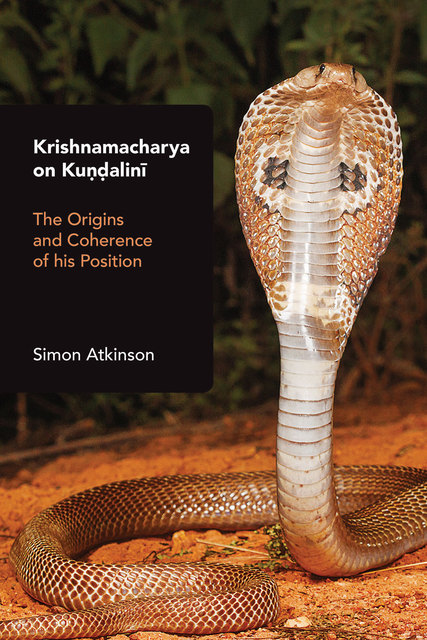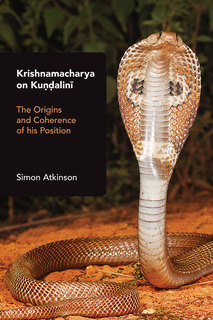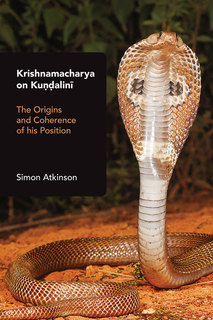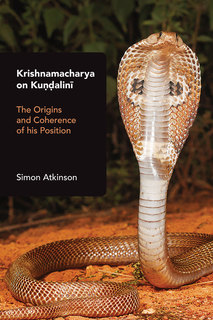LIBRARY COLLECTIONS
Complete CollectionSouth & East Asia
Authorized users can access the eBook using institutional credentials or personal password via the Read PDF tab.
Selected chapters are included in other Collections (Encounters & Identities) as designated.




